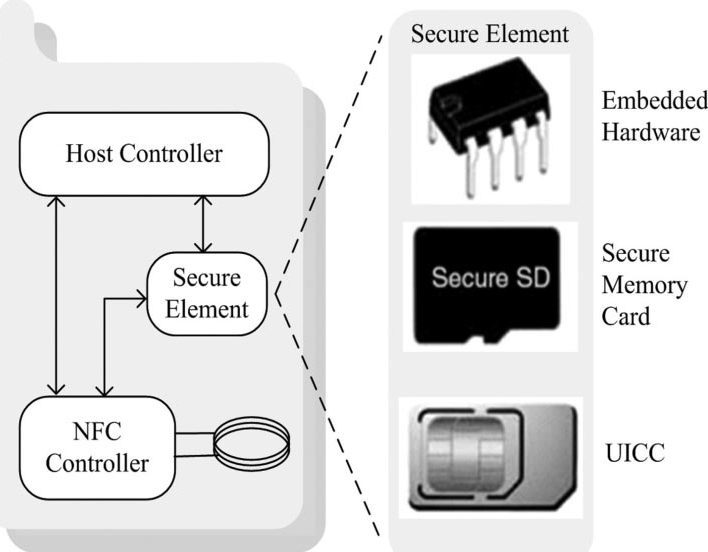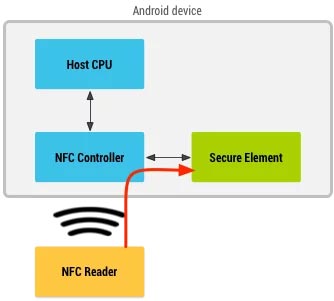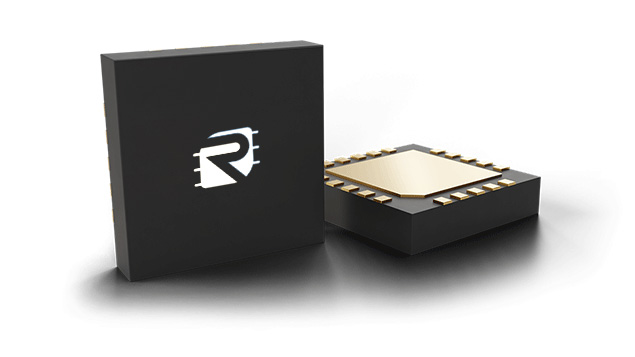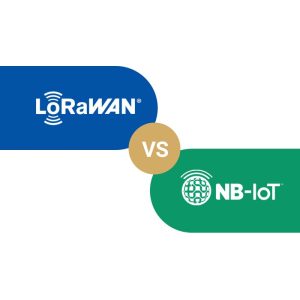How Secure Element Work?
A Secure Element (SE) is a highly secure, tamper-resistant microchip designed to store, process, and protect sensitive data such as cryptographic keys, payment credentials, and authentication information. It operates as an isolated hardware component, ensuring that critical data remains safe from malware, unauthorized access, and physical attacks. SEs perform cryptographic functions like encryption, decryption, and digital signatures without exposing private keys, making them essential for mobile payments, identity verification, IoT security, SIM cards, and automotive applications. Unlike software-based security, Secure Elements provide robust, hardware-level protection, enhancing data integrity, user privacy, and compliance with global security standards.

Short Description of Secure Elements
A Secure Element (SE) is an integrated circuit (IC) designed to execute cryptographic algorithms primarily in hardware. These algorithms typically include the Advanced Encryption Standard (AES), Elliptic Curve Cryptography (ECC), the Elliptic Curve Digital Signature Algorithm (ECDSA), Secure Hashing Algorithms (SHA), Message Authentication Codes (MAC), and other security functions, depending on the capabilities of the secure element.
How Secure Elements Work
Secure Elements operate as isolated hardware components with built-in security mechanisms that prevent unauthorized extraction or modification of stored data. These chips use strong encryption, access control policies, and self-protection mechanisms to safeguard information. Even if a device is compromised by malware or an attacker gains physical access, the SE remains secure due to its tamper-resistant nature.
Secure Elements can perform cryptographic operations, such as encryption, decryption, and digital signatures, without exposing private keys to the device’s main processor. This ensures end-to-end data security and protection against brute-force attacks, side-channel attacks, and reverse engineering.
Where Are Secure Elements Used?
Secure Elements are widely used in various applications where security is paramount, including:
- Mobile Payments & Banking: SEs store credit card details and cryptographic keys for NFC-based payments (e.g., Google Pay, Apple Pay).
- Identity & Authentication: Used in passports, smart cards, and ID verification systems for secure authentication.
- IoT Security: Protects connected devices from cyber threats by securely managing encryption keys.
- SIM Cards & eSIMs: SEs are embedded in SIM and eSIM technology to provide secure network authentication.
- Automotive & Industrial Security: Ensures secure communication and data integrity in connected cars and industrial IoT applications.
Why Are Secure Elements Important?
With the rise of cyber threats, financial fraud, and data breaches, protecting sensitive data at the hardware level has become essential. Unlike software-based security solutions that can be bypassed by malware, Secure Elements provide a trusted execution environment (TEE) that remains secure even in compromised systems.
By integrating Secure Elements, manufacturers and organizations can significantly enhance device security, protect user privacy, and comply with global security standards such as Common Criteria (CC), FIPS 140-2, and EMVCo.
Secure elements (SE) can be implemented in different hardware formats depending on security needs and device compatibility. The three main types of secure elements include embedded hardware, secure memory cards (Secure SD), and UICC (Universal Integrated Circuit Card). Embedded secure elements are built directly into a device’s chipset, offering high security but limited flexibility.

Secure SD cards integrate cryptographic capabilities into a removable memory card, providing portability and ease of upgrading but requiring compatible hardware. UICC-based SE, often found in SIM cards, enables secure transactions and authentication, commonly used in mobile networks and NFC payments. Each option balances security, accessibility, and flexibility, catering to different use cases.
Functionality and Working Principles:
- Secure Storage:
SEs act as a secure “vault” within a device, isolating sensitive data from the main operating system and potential vulnerabilities. - Tamper Resistance:
They are designed to be extremely difficult to hack or tamper with, often with self-destruct mechanisms if unauthorized access is attempted. - Cryptographic Operations:
SEs can perform cryptographic operations, such as generating and managing keys, signing data, and authenticating transactions. - Applications:
They are used in various applications, including mobile payments, digital signatures, secure authentication, and hardware wallets. - Hardware Isolation:
The SE is a separate, secure hardware component, distinct from the main processor and operating system. - Secure Boot:
SEs can establish a trusted foundation for device initialization during secure boot processes, ensuring that only genuine and unaltered code is executed during system startup. - Data Protection:
Sensitive data stored within the SE is protected by encryption and other security measures. - Controlled Access:
The SE only allows authorized applications and processes to access the stored data, preventing unauthorized access or modification. - Tamper Detection:
SEs have mechanisms to detect tampering or unauthorized access, and they may respond by destroying data or preventing further operation. - Key Management:
SEs are often used to store and manage private keys, which are essential for secure communication and transactions.
Examples of Secure Elements:
Smart Cards: Traditional smart cards used for identification and payment, or SIM cards.
Embedded SEs: Chips integrated directly into devices like smartphones, tablets, and IoT devices.
Hardware Wallets: SEs are used in hardware wallets to securely store and manage cryptocurrency private keys.
NFC Payments: Secure Elements are used to store and process payment information for NFC-enabled mobile payments.
Digital Car Keys: SEs can be used to securely store and manage digital car keys.

Examples of Secure Elements
Smart Cards: Traditional smart cards used for identification and payment, or SIM cards. Embedded SEs: Chips integrated directly into devices like smartphones, tablets, and IoT devices. Hardware Wallets: SEs are used in hardware wallets to securely store and manage cryptocurrency private keys. NFC Payments: Secure Elements are used to store and process payment information for NFC-enabled mobile payments. Digital Car Keys: SEs can be used to securely store and manage digital car keys.









